1. Thanksgiving Leftovers

The feast itself is huge, sure—but it’s the leftovers that get treated like sacred treasure. People plan meals around them, argue over who gets what, and guard leftover containers like crown jewels. That half-eaten stuffing or turkey sandwich is more than food—it’s tradition in Tupperware. There’s a weird reverence for “Day-After Turkey,” like it’s a different, holier dish.
Thanksgiving became a national holiday in 1863, but the leftovers craze really took off in the 20th century with the rise of refrigeration. The meal prep rituals surrounding it created their own post-holiday customs. Cold pie for breakfast, turkey soup, and reimagined casseroles all contribute to the extended celebration. In some homes, the leftovers are arguably more sacred than the original dinner.
2. Garage Door Openers

For many Americans, the garage door opener is almost a badge of suburban honor. There’s something oddly comforting about the mechanical whir of the garage slowly yawning open as you pull into the driveway. People treat these devices with reverence—if it breaks, panic sets in immediately, as though the entire infrastructure of the household has collapsed. It’s more than convenience; it’s ritual.
The automatic garage door opener became popular in the mid-20th century, symbolizing postwar prosperity and homeownership. It offered both security and a kind of status—your castle, complete with drawbridge. In many neighborhoods, not using it feels almost like not using indoor plumbing. People program it into their cars, sync it with smart systems, and act like it’s the crown jewel of domestic tech.
3. Yellow School Buses
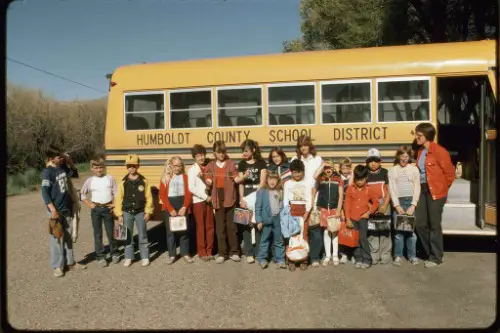
There’s something about those yellow school buses that makes Americans nearly nostalgic to tears. It’s not just transportation—it’s a rite of passage, a symbol of childhood, and a reliable character in countless movies and TV shows. Most adults could draw one from memory with surprising detail. You rarely see them outside of the U.S., which makes their cultural importance even more pronounced.
The standardized color and design date back to a 1939 conference that aimed to make school transportation safer. That bright yellow was chosen specifically for visibility in early morning and late afternoon light. Even though buses today can be high-tech, the basic look hasn’t changed much in 80 years. Americans may not bow to school buses, but there’s an unspoken respect that borders on sacred.
4. Tupperware

That mismatched drawer of plastic containers in American kitchens? Basically a shrine. Tupperware has evolved from a postwar innovation to an heirloom item—grandmas pass it down like it’s fine china. People get genuinely upset when someone forgets to return a container, as if it’s a personal betrayal.
Invented in 1946 by Earl Tupper, these airtight wonders helped usher in a new age of food storage. Their popularity exploded in the 1950s through Tupperware parties, which were part social gathering, part sales pitch. They became symbols of household efficiency and modern homemaking. Even today, losing a Tupperware lid feels more serious than misplacing your keys.
5. Baseball Caps

Americans don’t just wear baseball caps—they inhabit them. Whether it’s a symbol of team loyalty, political allegiance, or just a way to avoid doing your hair, these hats carry unexpected emotional weight. People age into them, forming permanent creases that match the owner’s personality. Some refuse to wash them, treating the sweat stains like battle scars.
Baseball caps were first used in the mid-19th century by actual baseball players to block the sun. Over time, they became casual, everyday wear, and then morphed into walking billboards for brands, teams, and causes. Wearing one backward or sideways can even spark generational debates. It’s amazing how something so simple can become such a loaded cultural artifact.
6. Crock-Pots
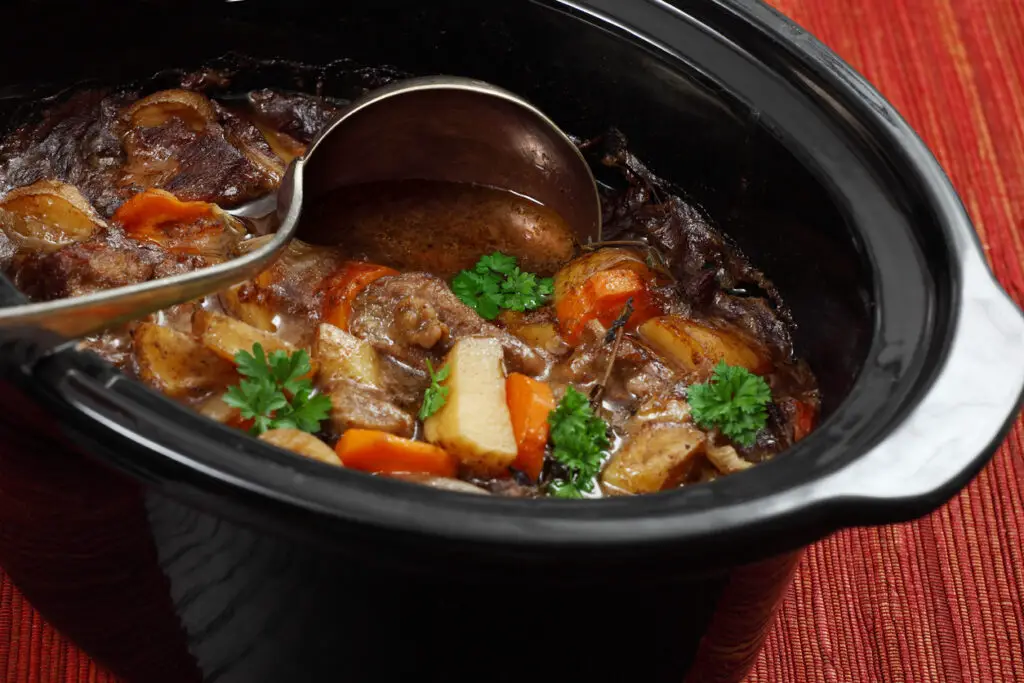
There’s a reason why Crock-Pots are pulled out with a mix of reverence and seasonal excitement. These slow cookers are more than kitchen appliances—they’re time capsules of generational recipes and communal living. People swear by their mom’s chili or aunt’s pot roast as if the Crock-Pot itself blessed the meal. It’s both comforting and oddly ceremonial.
Introduced in the 1970s as a response to changing family dynamics and more women working outside the home, the Crock-Pot promised homemade meals with minimal supervision. It quickly became a staple in American households. The idea of “set it and forget it” was revolutionary at the time. Today, families gather around slow-cooked meals like they’re holy offerings.
7. Pickup Trucks
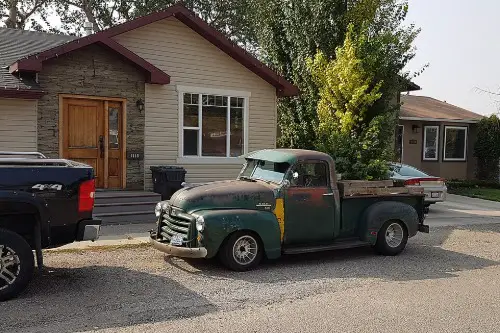
There’s a special kind of pride Americans take in their pickup trucks—it’s not just a vehicle, it’s an identity. Even people who never haul anything more than groceries will defend their truck like it’s family. They’re lovingly washed, accessorized, and name-checked in country songs like they’re war heroes. Owning a truck often signals a connection to tradition, utility, and a kind of rugged self-reliance.
Originally built for farmers and tradespeople, trucks became mass-market icons by the late 20th century. Companies like Ford and Chevrolet didn’t just sell vehicles—they sold lifestyles. Today, pickups are often the best-selling vehicles in the U.S. They’ve become rolling altars to independence, power, and nostalgia.
8. Porch Flags
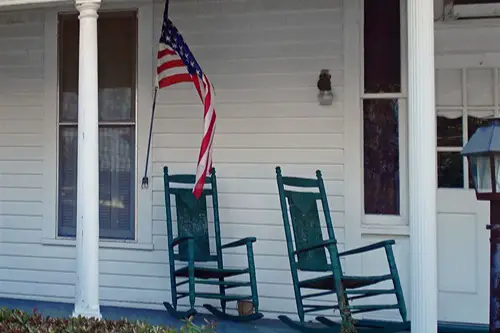
In many American neighborhoods, a porch flag isn’t just decoration—it’s a declaration. Whether it’s the Stars and Stripes, a seasonal design, or a favorite sports team, the flagpole is sacred ground. People get emotional about how and when the flag is displayed, especially with the national flag. Worn or misplaced flags can spark community outrage, like someone insulted the entire block.
The practice has roots in military tradition and civic pride, reinforced through decades of patriotic education. Flag etiquette is even taught in schools and followed like gospel by many households. There’s an entire set of protocols for folding, lighting, and disposing of old flags. For many, the porch flag is a living symbol of values they hold dear.
9. College Sweatshirts

Wearing your alma mater’s hoodie isn’t just about warmth—it’s a form of lifelong allegiance. Even decades after graduation, Americans will sport their college gear with near-religious fervor. It’s not uncommon to see entire families dressed in matching college colors on game days. That logo becomes a shorthand for pride, status, and a deeply personal chapter of life.
American universities began selling branded merchandise en masse in the mid-20th century as a way to build school spirit and alumni engagement. Today, college sweatshirts have crossed over into mainstream fashion. Even people who didn’t attend certain schools will wear their gear for the aesthetic. But for alumni, it’s basically a wearable memory.
10. Red Solo Cups
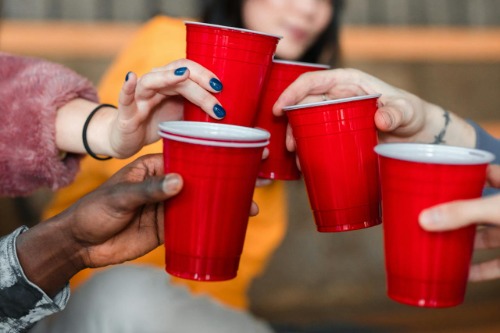
You’ll find these plastic cups at nearly every American barbecue, college party, and casual get-together, like they’re part of some sacred ritual. Despite being designed for disposable use, they’re oddly revered—some people even wash and reuse them. The red color and iconic shape became so synonymous with American party culture that Toby Keith wrote a whole song about them. They even appear in pop culture overseas as a shorthand for “American party.”
Their rise to fame started in the 1970s, when the Solo Cup Company introduced them as a sturdier, more convenient alternative to paper cups. They’ve stuck around because they’re cheap, stackable, and somehow perfectly hold both soda and suspicion at family functions. Their measurement lines even approximate alcohol servings—though most users never realize that. It’s weirdly ceremonial how grabbing a red Solo Cup can mark the start of a social event.
This post 10 Everyday Objects That Americans Treat Like Sacred Relics Without Knowing Why was first published on American Charm.


